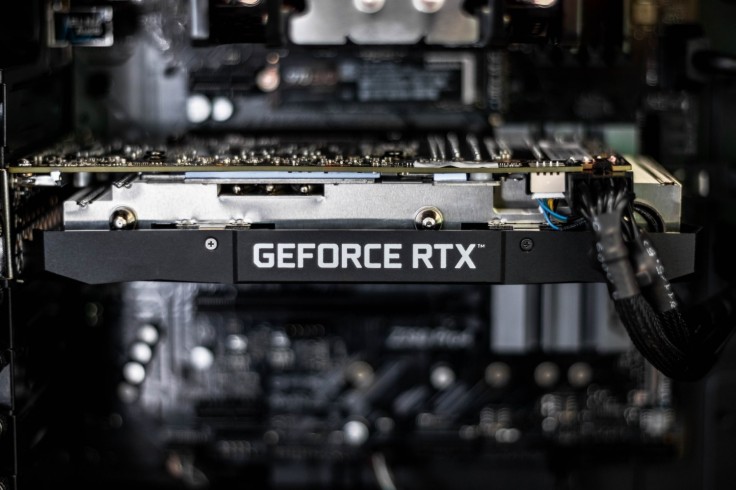
Nvidia RTX 3080 is part of the "second generation" of the company's RT cores. For most people, describing how this GPU is significantly different from the previous generation of RTX cards mostly involve mentioning high-end technologies. Of course, there's support for ray tracing. There's also compatibility with super sampling. Lastly, we're talking about OG specs here, so don't forget about the crazy-fast memory bandwidth.
Obviously, it's getting better with newer releases of Nvidia's GPUs. This even holds truer once we consider that DirectX 12 Ultimate and upcoming next-gen consoles will finally consider most of the 2018's RTX-specific features. On the other side of the playing field, AMD is expected to hold its ground with its own equally powerful and capable RDNA 2 line of cards.
Read also: Redmi 9i Launches in India for just ₹8,299 ($113): Everything You Need to Know
Nvidia RTX 3080 quick specs
Nvidia RTX 3080 has 8,704 CUDA Cores with 272 texture units. It has 272 tensor cores (3rd-gen) and 68 RT cores (2nd-gen). This top-of-the-line GPU has a core clock of 1,440Mhz that boosts up to 1,710Mhz. Memory speed is at a whopping 19GHz with a memory bus width of 320bit.
To cap things off, the Nvidia RTX 3080 has 10GB of GDDR6X memory with a TDP of 320W.
Just to compare, The RTX 3080 "Founders Edition", without any modifications or overclocks done, consistently beats a 2080 Ti "Founders Edition" that's overclocked. During performance tests, the 3080's margin of gained performance consequently clears the 13% threshold. Sometimes, it even goes beyond this mark.
At the same time, the 3080's improvements on ray tracing make the "medium" settings a walk in the park for this GPU. Not all games and applications have taken advantage of this new feature, including DLSS, but once RTX cards have become dominant enough in the video card market, expect that most developers will incorporate these features into their software.
Read also: The Best Android Phones of 2020: Unbeatable Performance and Awesome Features for Every Consumer
What will happen to previous-generation cards?
Nvidia RTX 3080's impact on the market upon launch could push the average GPU value proposition reasonably. Yes, not everyone needs, will buy, and can buy a $699 graphics card. However, other cards below Nvidia's latest beast will logically have lower prices, especially 1st- and 2nd-generation GTX and RTX cards, respectively.
Simply put, just because there's a new shiny model out there, it doesn't readily make last-generation's models automatically obsolete. On a personal note, this writer is still using a GTX 1050 Ti OC and despite newer generations of GPUs becoming available, it still does its job. It's still really good at it, for the purpose it was bought of course.
This would only mean that for those who are on a budget, 1080p or 1440p gaming will be within their reach. Bottomline is, if you're out trying to build a gaming PC with a budget of not lower than $1,500, you can finally get a very good, rather excellent, graphics card for $699.
Read also: Samsung Galaxy F might be the South Korean Giant's First Camera-First Phone









